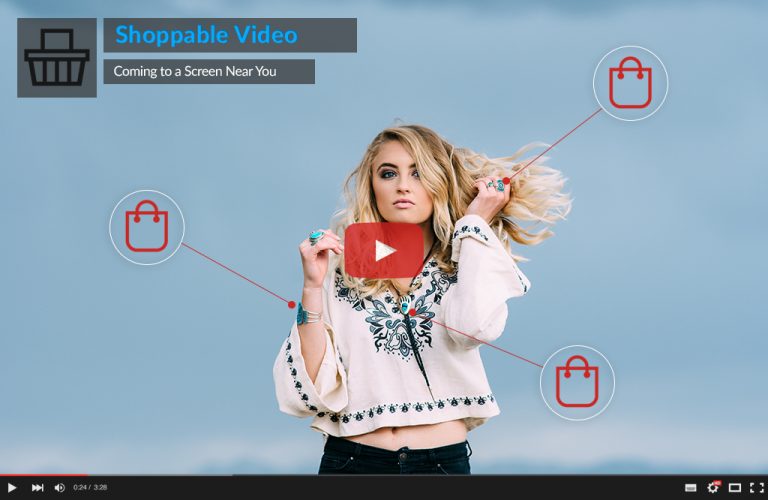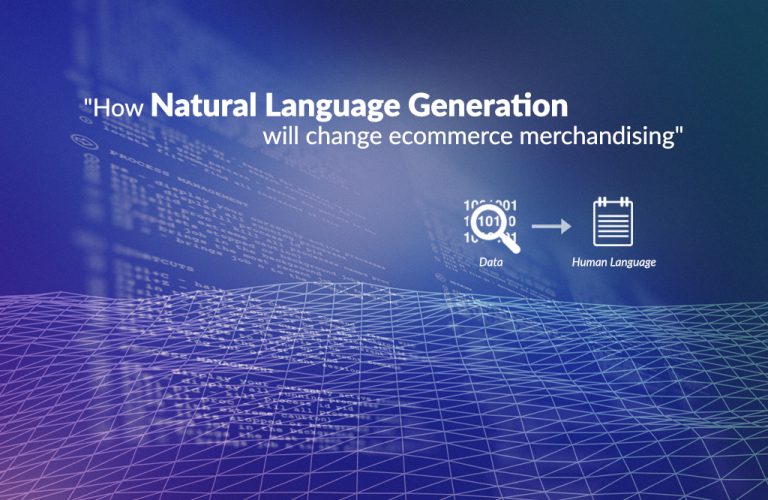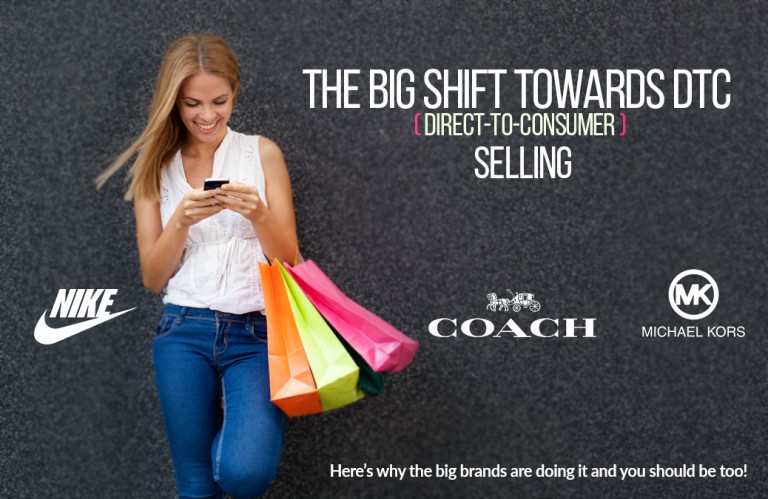

Competition is fierce when it comes to ecommerce, and retailers need to stay ahead of the curve to remain competitive with today’s consumers. The relevance of video is growing as the number of platforms, services and devices available to consumers increases. This growth has lead to more interactive ways to communicate with consumers, such as an unobtrusive yet engaging option known as shoppable video.
The Rise of Video Content
The use of video content itself is nothing new; many retailers have implemented some form of it already. Studies show that viewers are anywhere from 64–85 percent more likely to buy after watching a product video. As such, the potential to use video in new and engaging ways is huge.
Shoppable video offers a quick, direct route to purchases by providing clickable links to shop products featured throughout a video. When a consumer clicks an item of interest in the video, they’re directed to a site to learn more and potentially buy the item. The real benefit of this interactive method of shopping is that it captures consumers in the moment, which encourages impulse purchases and turns passive viewers into active consumers. This goes to the heart of what video does best—telling a story and appealing to the emotional connection a product or brand has with its customer base.
A Seamless Shopping Experience
Initially known as ‘click-to-buy’, this technology is always improving and allowing for more seamless ways to shop through video. Some brands even allow users to save the selected items in a cart to view and shop at the end of the video for an uninterrupted viewing experience. Shoppable and Shopstyle are currently working on creating universal shopping carts where users can store products from multiple retailers in one cart. The potential end goal of shoppable video is to develop a way to buy products from videos without using a cart at all.


Shoppable video provides the added bonus of allowing brands to gather specific, real-world data at a personal level. In the future, we will likely see technology that allows retailers to programmatically place products in videos based on known customer preferences and make it shoppable. When this happens, the sky’s the limit for converting customers.
Mobile Browsing
As with everything these days, when retailers look to create shoppable videos, they need to consider the importance of mobile devices. While desktop still dominates with conversion, mobile is the preferred choice for browsing and the use of mobile devices to make purchases is only growing. Thus, a seamless omnichannel experience is necessary for shoppable video to be impactful. Users expect a consistent interface and process across all platforms, and this includes video content. With over 50 percent of online time now spent on mobile, retailers need to actively engage customers on all platforms, regardless of where the final purchase is made.


An exciting media, shoppable video offers a truly engaging and interactive way for retailers to promote their brand, develop a loyal customer base, and increase conversions and sales.





